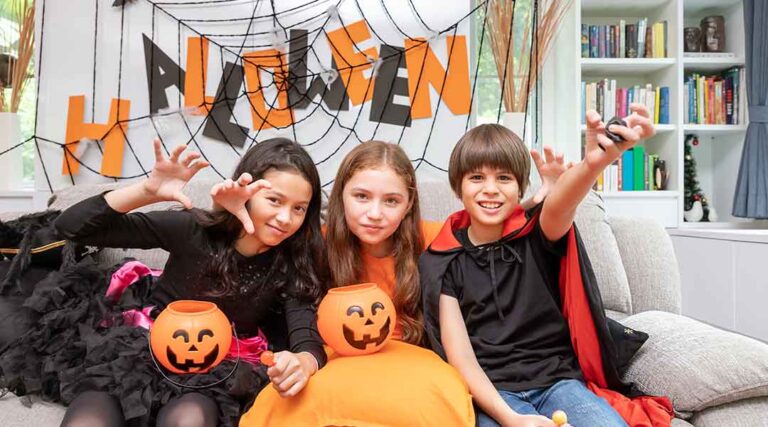There are several traditional activities that people do during Halloween. To name a few, people carve Jack-O-Lanterns, decorate their house, and wear scary costumes. The most prevalent activity, though, is trick-or-treating. During Halloween, friends and families wear spooky costumes and visit homes for trick-or-treating. While trick-or-treating is well-known globally, the motive and history slightly vary by nations. These are attributed to diverse cultural factors, which I will introduce in the next paragraph.
There are mainly three types of trick-or-treating histories: the Pagan’s, the Scottish’, and the American’s. It is quite interesting to know and compare each of the historical backgrounds that led to their unique practice.
The Pagan tradition of trick-or-treating comes from Celtic people who believed that they could appease the souls and otherworldly spirits by leaving food outside the door. So, people began putting on their costumes to imitate the ghosts. They would then exchange food and drink on behalf of those mysterious imaginary beings.
The Scottish tradition dates to their practice of guising, or souling. In the Middle Ages, the “Soulers” would go to local homes and exchange food or money in return for prayers. Then, the guisers would ditch prayers to perform non-religious activities, which is also known as tricking.
The modern trick-or-treating tradition that we commonly know originates from the American communities. The American tradition of dressing up in a scary costume is primarily to disguise themselves so that no one can identify them. They would go trick-or-treating while hiding themselves as much as possible. If no one recognizes them, then they would get more treats.
by. Minji Kwon


